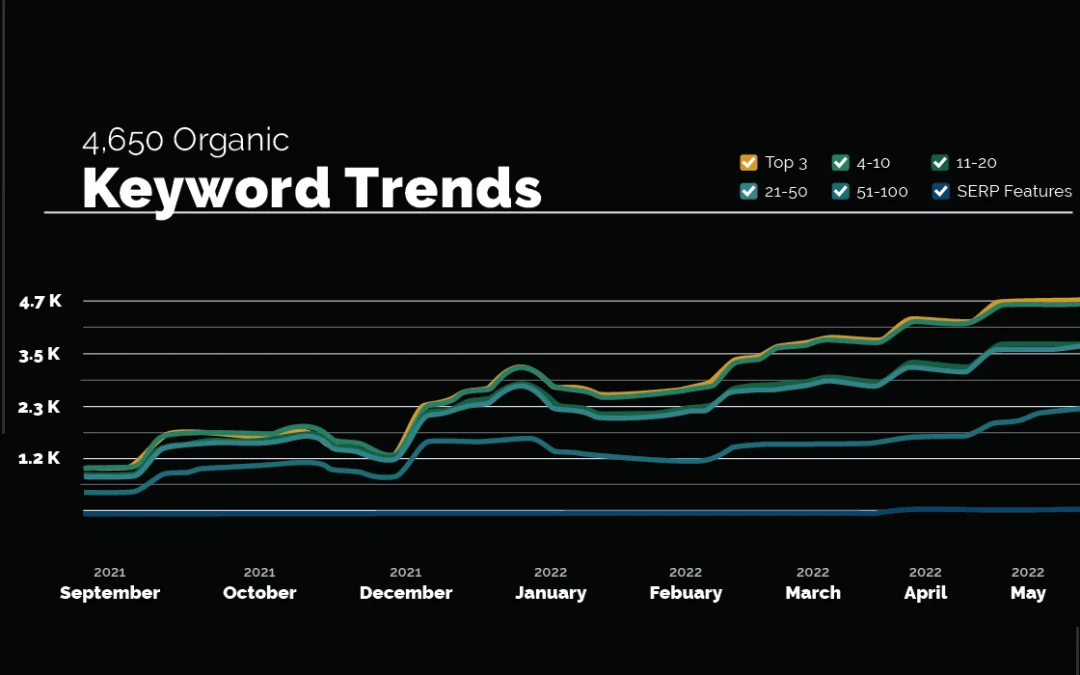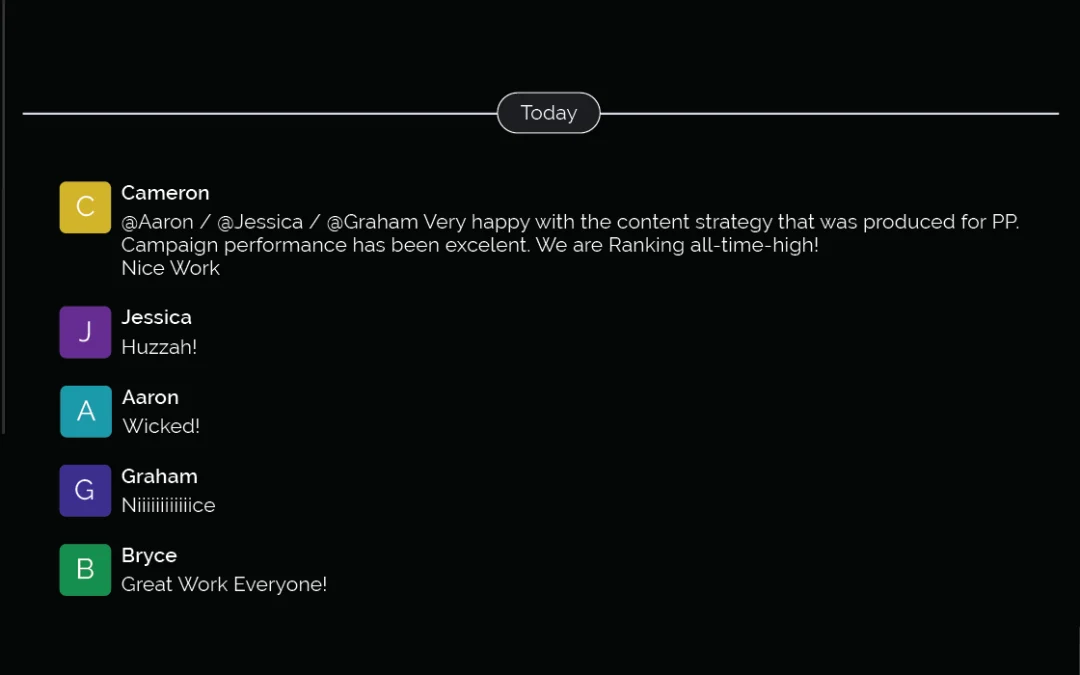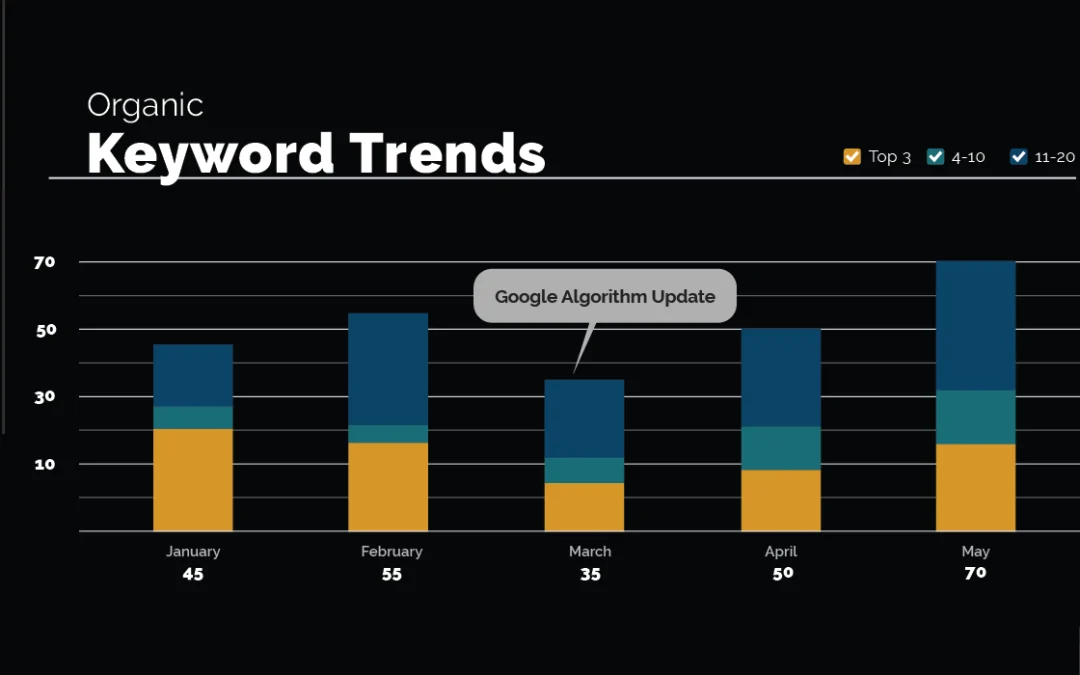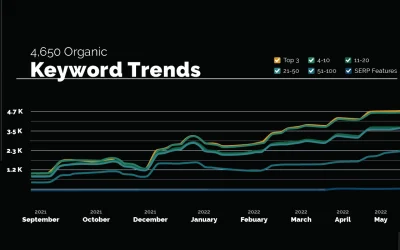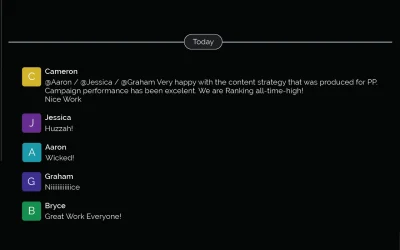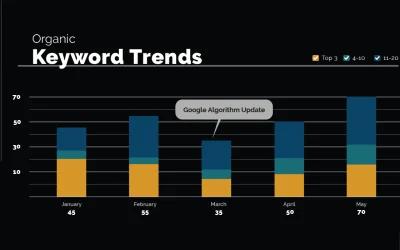Summary
- Identify your target audience by conducting surveys, analyzing customer reviews and social media insights, and creating buyer personas.
- Develop a clear and consistent content strategy by setting goals, choosing relevant topics, and creating an editorial calendar.
- Ensure high-quality content by focusing on user intent, using a clear content hierarchy, maintaining high presentation standards, and supporting user experience with engaging visuals.
- Promote and distribute content effectively through PPC campaigns, social media, email marketing, and guest blogging while maintaining good SEO practices.
- Regularly analyze and optimize content performance using tools like Google Analytics and heatmaps, adjusting content based on insights gained. Working with Monochrome Marketing’s specialists can save you time on these steps and help your content achieve its goals efficiently.
In today’s digital era, where consumers are bombarded with information from every angle, content is king. But it’s not just any content that wears the crown—it’s valuable, relevant, and engaging content that rules the roost. This kind of content cuts through the clutter and turns your brand into a source for information potential customers can trust, helping you grow your audience and drive more sales. But to produce it, you’ll need to be strategic and efficient about your content marketing.
We’ve seen the value high-quality content creates for our clients, which is why it’s such a critical part of our digital marketing services. In this article, we’ll show you how to overcome common challenges businesses like yours face when it comes to content marketing so that you can unlock its full potential and reap the benefits.
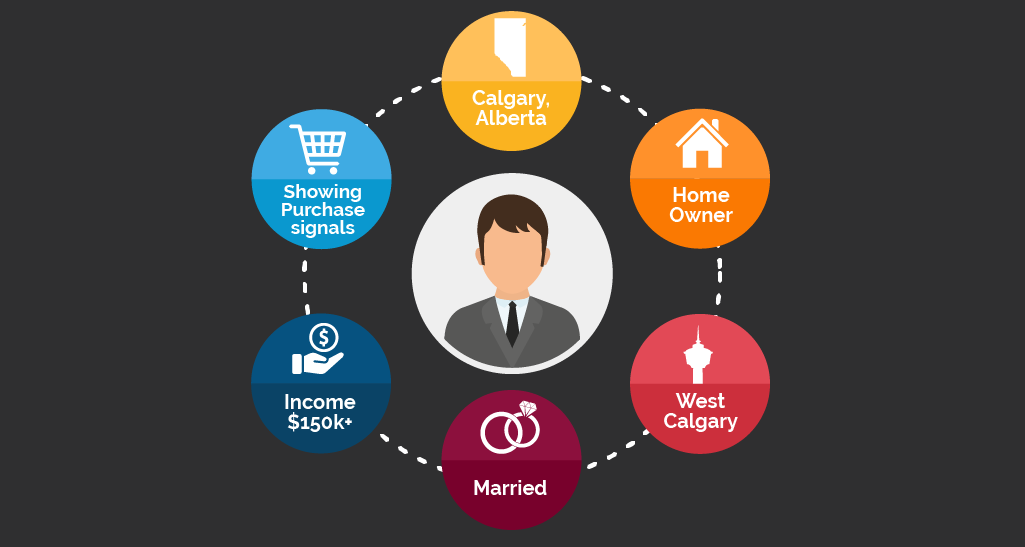
Challenge #1: Finding Your Target Audience
Before you can embark on creating engaging content, it’s crucial to know who it’s for—your target audience. Understanding your audience’s needs, interests, and pain points forms the cornerstone of a successful content marketing strategy.
Here are a few tips on finding the right people to reach:
- Conduct Surveys: Use tools like SurveyMonkey or Google Forms to gather information directly from your customers about their preferences and concerns.
- Engage with Customer Reviews: People who want to share their experiences with your business are an invaluable source of feedback, whether it’s positive or not. Stay up-to-date with your reviews to find out who loves your brand, who doesn’t, and how those groups are shifting over time.
- Leverage Social Media: Platforms like Facebook and Instagram offer insights about your followers. Analyze their demographics, interests, and engagement to know what resonates with them.
- Create Buyer Personas: Based on your research, create detailed buyer personas—semi-fictional representations of your ideal customers. This can guide your content creation and make it more targeted.
See Also: How to Identify & Reach Your Ideal Customer
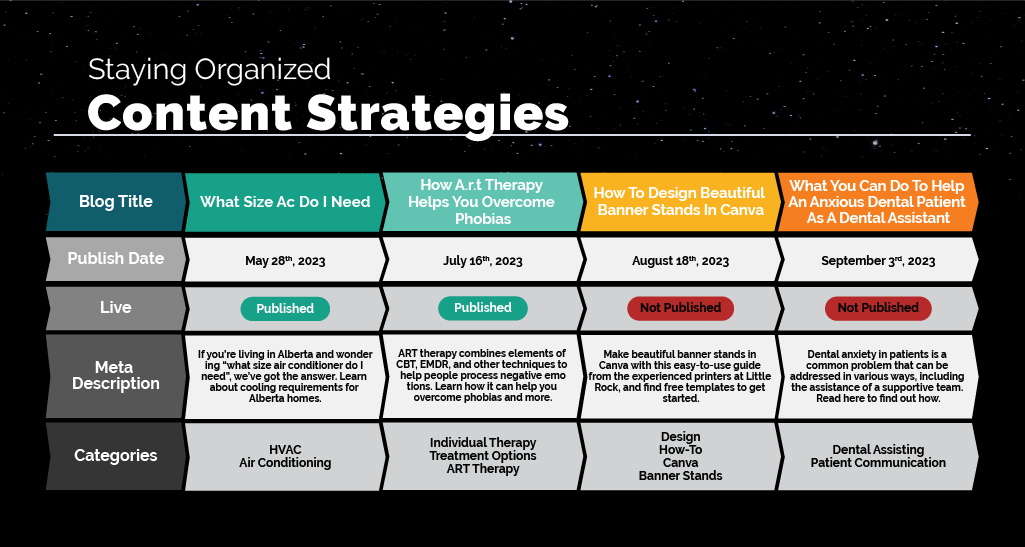
Challenge #2: Developing a Content Strategy
A successful content strategy isn’t just about creating content—it’s about creating the right content for your audience. You should set clear goals, choose relevant topics, and use formats that resonate with your target audience.
Here are some key strategies for developing a robust content strategy:
- Set Clear Goals: How will you measure your content’s performance? Your goals could range from increasing website traffic to collecting form submissions, getting more phone calls, or boosting sales.
- Choose Topics and Formats: Your topics should be based on careful keyword research and aligned with your user’s needs (we’ll talk more about this in the next section). Think about the way you’ll address these topics, too—reviews and comparison charts can help draw visitors towards your product pages, while how-to-guides can highlight the value of your services. Meanwhile, long-form articles and FAQs can help you build authority and trust, which is essential for converting leads into new customers.
- Create an Editorial Calendar: This serves as a roadmap for your content creation, keeping you organized and ensuring consistent content output. Tools like Teamwork, Basecamp, and Google Workspace can all provide efficient ways to manage your content schedule.
Remember: the success of your content strategy hinges on its consistency and relevance to your audience. You should be able to establish a rhythm that lets your audience anticipate your content and look forward to the information you share with them. This allows you to create a steady flow of content that improves in search engine rankings and produces a predictable return on investment over time.
See Also: What Is Rank & Bank (& Why Is It a Core Component of Our Long-Term SEO Strategies)?
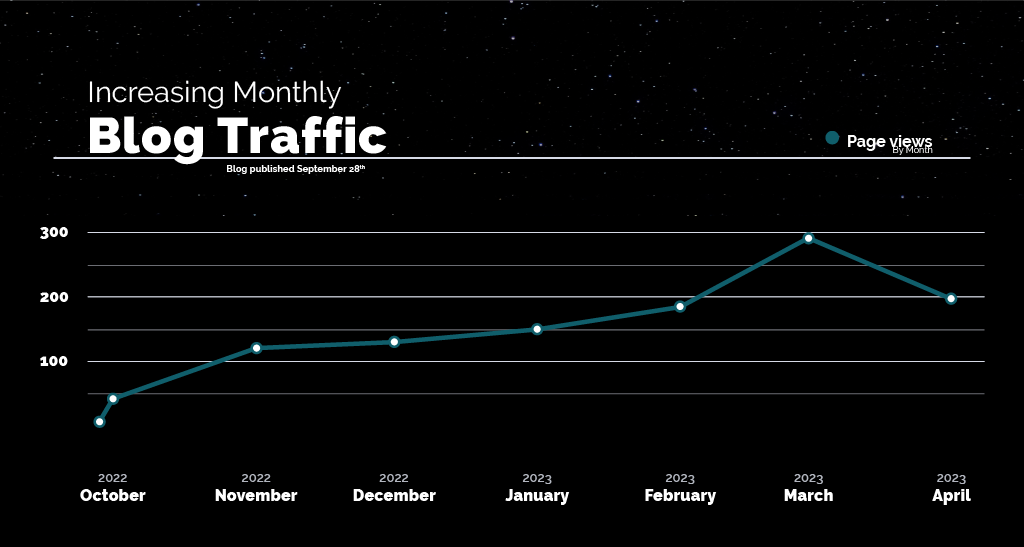
Challenge #3: Creating High-Quality & Valuable Content
While your content cadence is important, it’s important to remember that quality trumps quantity every single time. Producing content that actually gives useful information to visitors is the only way to stand out from the countless other businesses crowding your customers’ search engine results.
Here are some tips to create compelling content:
- Focus On User Intent: If you’ve followed the steps above, you already know who your customers are and what they want. Now you need to make sure your content speaks to those needs. Use tools like Semrush to find the specific keywords they’re already looking for, then make sure you’re integrating those terms naturally into content that teaches them important skills, answers burning questions, and helps them make decisions.
- Use a Content Hierarchy: Google assesses your content’s readability according to your heading structure (H1s for titles, H2s for section headings, H3s for subsections, etc.). Make sure you’re structuring your content in a way that helps visitors parse information easily—it’s better for them and for your search engine rankings.
- Presentation Matters: There’s no room for spelling, grammar, or formatting mistakes at the level you aspire to reach with your content—make sure anything you publish is polished and consistent with your brand’s voice.
- Support UX with Engaging Visuals: Images, videos, graphs, charts, and infographics all improve user experience by presenting data in accessible and eye-catching ways.
- Don’t forget technical SEO: You want to create content for people, not search engines—but you also want to avoid mistakes that could cause Google to penalize content that’s otherwise really good. Make sure your content displays properly on different devices, loads quickly, is free from broken or low-value links, and doesn’t have crawl errors that could prevent it from performing better.
The best content is well-researched, useful, polished, and aligned with your brand. If you can produce that kind of content consistently, you can expect your online presence to grow significantly.
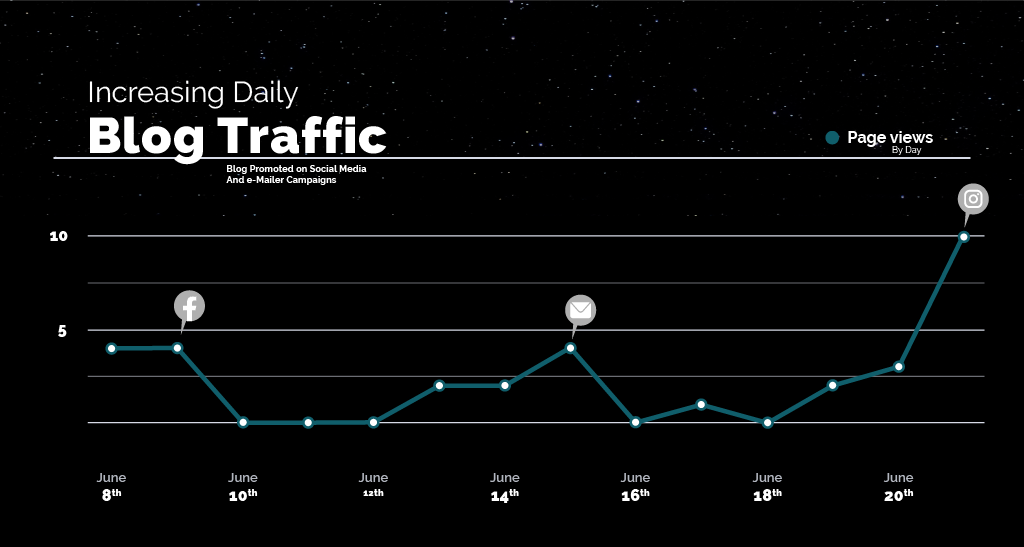
Challenge #4: Promoting & Distributing Content
Having great content is one thing, but making sure it reaches your target audience is another. Promoting and distributing content ensures that you can enjoy the benefits of your hard work.
Here are some effective ways to distribute your content:
- PPC Campaigns: Use ads to drive traffic to key pieces of content, as well as forms and landing pages that align with your conversion goals. Read our guide on what to expect when setting up a PPC campaign for more details on how to do this effectively.
- Leverage Social Media: Promote your content on platforms where your audience spends their time. Each platform (Facebook, LinkedIn, Instagram, Twitter) has its own nuances and caters to a different demographic. Tailor your promotion strategy accordingly.
- Email Marketing: Distribute content via newsletters to your email subscribers. Use services like Mailchimp or ConvertKit to automate this process.
- Guest Blogging: Write for popular blogs in your niche. This can provide backlinks and drive traffic to your website.
Of course, SEO optimization is still the best way to make sure people can find your content organically. That’s because SEO puts your content in front of the people who are already searching for the answers it provides.
See Also: What to Expect When Starting an SEO Campaign
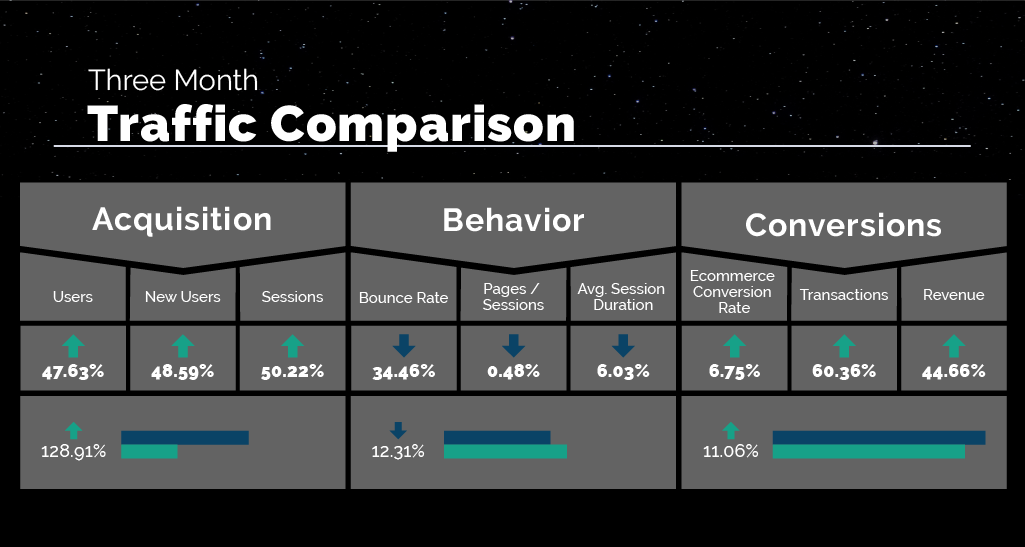
Challenge #5: Analyzing & Optimizing Content Performance
Your content marketing strategy should be fluid, constantly improving based on data and performance insights. Follow these steps to improve your content’s performance:
- Track Key Metrics: Use Google Analytics to track metrics like website traffic, bounce rate, time spent on page, and conversion rates.
- Analyze User Behavior: Use heatmaps (like Hotjar) to see where users spend most of their time on your page. This can inform changes to your page layout or content positioning.
- Optimize Content: Based on your analysis, make changes to your content. This could involve adding more relevant keywords, making your headlines more engaging, or changing your call-to-action.
Knowing when your content is performing well (and when it isn’t) helps you keep it relevant and engaging as your users and their behaviour change.
See Also: How to Measure the Success of Your Digital Marketing Campaigns
Smart Content Marketing Is the Key to Consistent Growth
Content marketing is a powerful tool for small businesses. Once you understand your goals and audience, you can develop a robust content strategy, create valuable content, and distribute it effectively while checking in on it regularly to make sure it’s still doing what it’s supposed to do. In doing so, you’ll build lasting relationships with a reliable body of customers who help your business grow.
The steps above aren’t that difficult to follow once you have some experience, but they can be time-consuming and it’s easy to get bogged down by the finer points. To save time creating content that reaches your audience, addresses their needs, and inspires them to take action, get in touch with Monochrome Marketing and consult with a member of our team.


